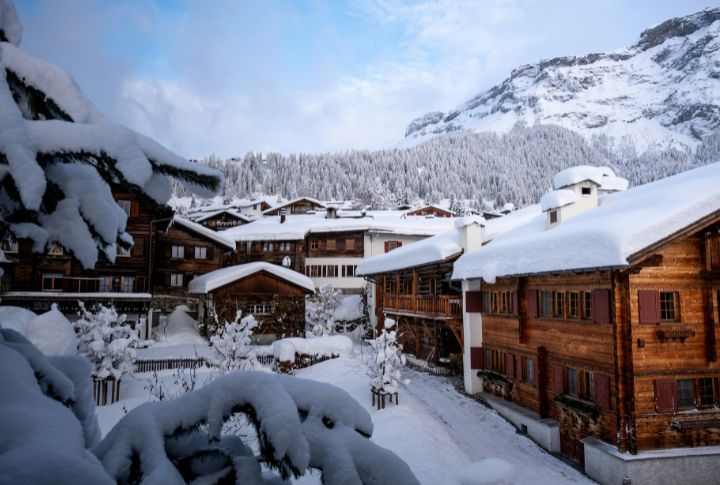
Thirty kilometers above the Arctic, something unusual is happening. The polar vortex—that massive cyclone of frigid air that normally keeps the cold locked over the North Pole—is weakening and warping. Temperatures in the stratosphere are set to spike by as much as 50 degrees Celsius within days, a phenomenon so rare that it’s only occurred this early in the season three times in the past seventy years. The last times? 1958, 1968, and 2000.
When The Sky Starts Whispering Winter Tales
You’d think this would be cause for alarm, especially with social media lighting up with predictions of the “winter of the century” headed for Switzerland and Europe. After all, when the polar vortex weakens, it can bring Arctic air masses into regions that normally don’t see such brutal cold. It’s the kind of atmospheric drama that gets weather enthusiasts buzzing and ski resort owners nervously checking snow forecasts.
But Switzerland’s official meteorological service, MeteoSwiss, is playing it cool—literally and figuratively.
Science Behind The Speculation
Here’s what’s actually happening up there. The polar vortex is a band of strong winds circling the Arctic in the stratosphere, typically keeping cold air contained. During a sudden stratospheric warming event, this system breaks down. The jet stream, which influences our day-to-day weather in the troposphere below, can shift and meander as a result, potentially bringing cold snaps to unexpected places.
The keyword here is “potentially.” MeteoSwiss meteorologists emphasize that whether these stratospheric changes even reach down to affect ground-level weather remains uncertain. More often than not, when these polar vortex disruptions do cause cold outbreaks, they hit North America rather than Europe. Switzerland might get a front-row seat to the atmospheric show, but that doesn’t mean it’ll feel the freeze.
There’s another wrinkle: the polar vortex could simply rebuild itself. These atmospheric patterns are notoriously fickle, and extrapolating one weather event across an entire winter season is like predicting the plot of a novel from its opening sentence.
What Switzerland Can Actually Expect
So what should Swiss residents actually prepare for? According to MeteoSwiss, the seasonal outlook hasn’t budged. The probability of a genuinely cold winter overall remains low for November through January. December might see temperatures close to the long-term average, but January and February are likely to be warmer than usual.
This isn’t wishful thinking or downplaying genuine risks. It’s a frank acknowledgment of the limitations in seasonal forecasting. Unlike the seven-day weather forecast you check before planning a weekend trip, seasonal climate predictions are riddled with uncertainty. The quality of long-range forecasts for Central Europe, including Switzerland, remains limited despite advances in computer modeling and atmospheric science.
The irony isn’t lost on climatologists: Switzerland has warmed by nearly three degrees Celsius since pre-industrial times, and climate scenarios predict winters with progressively less snow. The zero-degree line—where rain turns to snow—has already climbed several hundred meters up the Alps and will continue rising.
So while rumors of an epic winter make for exciting headlines, the reality is more nuanced. Switzerland’s winter will likely be mild, not monstrous. Sometimes, the most responsible thing meteorologists can do is temper expectations with facts.

